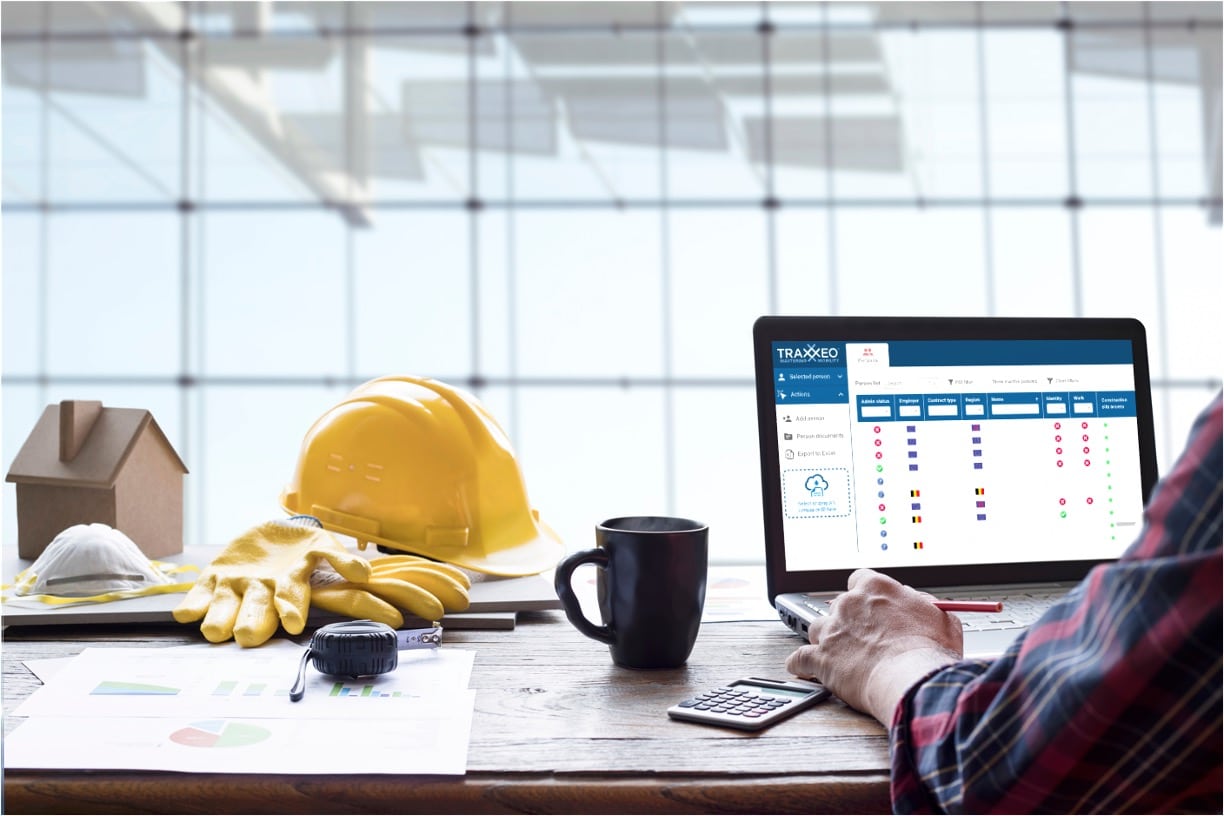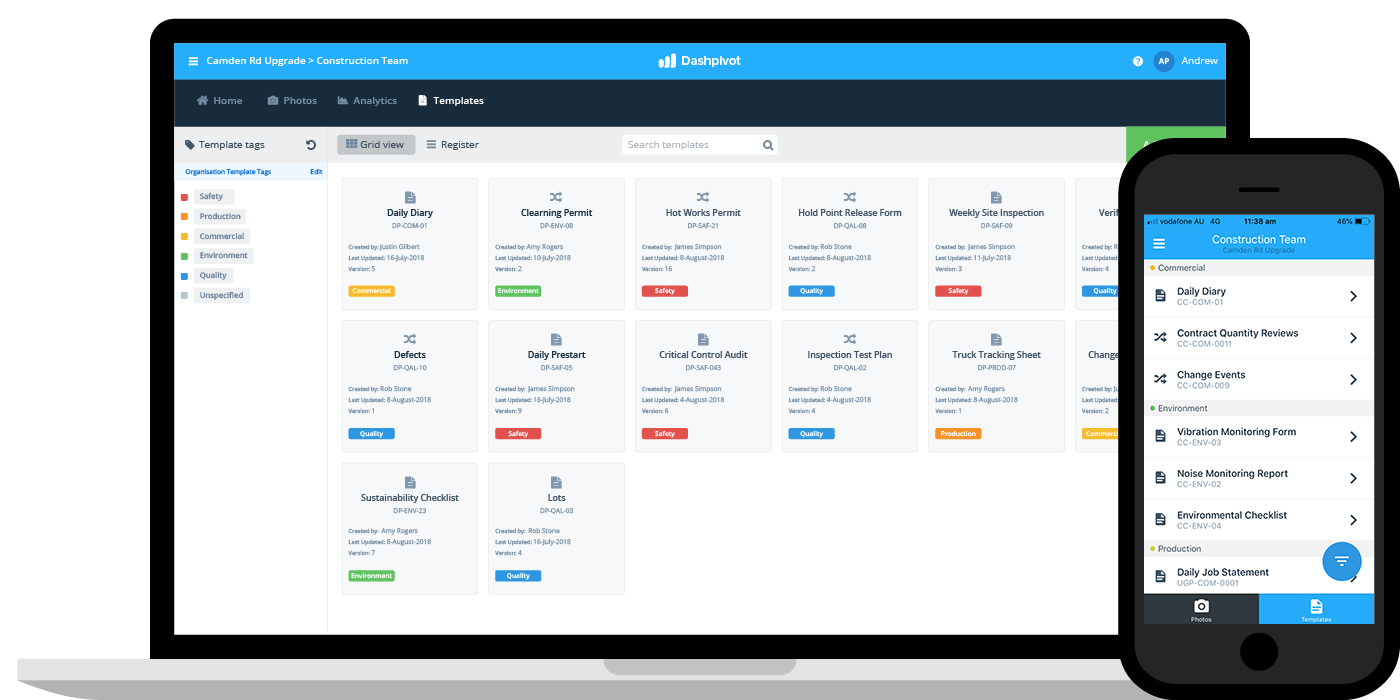Optimizing Job Collaboration: Designer's Ideal Practices in Building And Construction Paper Monitoring
In the intricate realm of architectural tasks, the efficient monitoring of building documents stands as a cornerstone for success. Architects, with their precise interest to information and innovative design services, are tasked with managing a harmony of stakeholders, timelines, and sources. Amidst this intricacy lies a crucial inquiry: just how can engineers improve collaboration procedures to enhance project end results? By exploring crucial strategies such as leveraging cloud-based systems, developing robust interaction protocols, and making certain information safety and security, engineers can boost their record monitoring methods to new heights.
Leveraging Cloud-Based Platforms
Leveraging cloud-based systems is a fundamental technique for contemporary engineers in optimizing building file management processes. By transitioning from conventional paper-based systems to cloud services, architects can streamline cooperation, boost paper accessibility, and boost general project efficiency. Cloud-based platforms offer designers the capability to shop, share, and update building and construction documents in real-time, guaranteeing that all employee have accessibility to the most present details no matter of their location. This accessibility promotes smooth communication and control among project stakeholders, resulting in fewer mistakes and hold-ups in the building process.
Moreover, cloud-based systems provide a secure setting for storing delicate task info, using file encryption, normal back-ups, and individual approval settings to shield data honesty. Engineers can also gain from the scalability of cloud solutions, enabling them to change storage capacity and capability based on task demands. In general, leveraging cloud-based systems encourages architects to optimize their construction record monitoring procedures, driving greater collaboration, efficiency, and success in their jobs.
Implementing Variation Control Systems
Having actually developed the benefits of cloud-based systems in building file administration, architects can currently improve their file control processes by implementing Version Control Systems. Variation Control Equipment (VCS) are crucial tools that track changes in documents, ensuring that employee are always dealing with the most up to date and most precise details. By implementing VCS, engineers can keep a centralized repository where all task files are kept, making it possible for seamless cooperation while minimizing the threat of errors and version disputes.
This attribute is especially valuable in construction jobs where style versions and modifications are common. This transparency not just enhances responsibility yet additionally aids in settling disputes or discrepancies that may emerge during the job lifecycle.
Establishing Interaction Procedures
To make certain effective and reliable job control, architects need to develop clear and robust communication procedures within their building paper monitoring processes. Interaction procedures specify the approaches, frequency, and channels where employee exchange information, updates, and comments. One essential aspect of establishing these procedures is establishing a centralized communication platform where all project-related conversations and paper sharing can take place. This platform can be a job administration software program, email strings, or cloud-based storage remedies. By setting standards on how you could try here info is shared and exactly how staff member communicate with each various other, architects can streamline the flow of information and stop miscommunications or delays in the construction process.
Moreover, interaction procedures should likewise consist of standards on exactly how to manage disputes, adjustment orders, and immediate issues that may arise during the job lifecycle. Establishing an organized approach to communication makes certain that all stakeholders get on the very same web page, promotes openness, and ultimately adds to the effective conclusion of the building and construction job.
Using BIM Software Application for Sychronisation
BIM software program plays a pivotal duty in enhancing sychronisation amongst project staff member in the construction industry. Structure Details Modeling (BIM) assists in partnership by giving a centralized system where engineers, engineers, contractors, and other stakeholders can interact in a collaborated fashion. With BIM software, task participants can access and update a shared design that includes in-depth info concerning the structure design, building elements, and project routines.

Furthermore, BIM software program makes it possible for real-time collaboration and communication among group participants, regardless of their physical place. With cloud-based BIM platforms, project stakeholders can access the most current job information, track modifications, and make educated decisions promptly. view website Generally, leveraging BIM software for sychronisation improves project effectiveness, efficiency, and ultimately brings about successful project outcomes.
Ensuring Information Security and Conformity
In the world of construction record administration, protecting information honesty and guaranteeing regulative compliance are extremely important considerations for architects and various other job stakeholders. Architects have to implement robust security actions to secure sensitive job details from unauthorized access or breaches.

Verdict
In final thought, architects can optimize project collaboration in construction paper administration by leveraging cloud-based systems, carrying out variation control systems, developing communication protocols, making use of BIM software application for coordination, and guaranteeing information safety and conformity. These finest methods help streamline the construction process, boost interaction amongst project stakeholders, and improve effectiveness in task distribution. By adhering to these guidelines, designers can properly handle construction records and facilitate effective task results.
Through BIM software application, job individuals can access and update a shared version that has in-depth info regarding the structure layout, building elements, and task routines.
Via cloud-based BIM platforms, job stakeholders can access the most current job details, track adjustments, and make notified decisions promptly - construction document management. On the whole, leveraging BIM software for sychronisation boosts job efficiency, performance, and eventually leads to effective task end results
In conclusion, architects can optimize job collaboration in building paper administration by leveraging cloud-based systems, navigate to these guys implementing version control systems, establishing interaction procedures, using BIM software application for control, and ensuring data safety and compliance. These ideal practices assist improve the building and construction process, enhance communication amongst job stakeholders, and boost efficiency in project shipment.